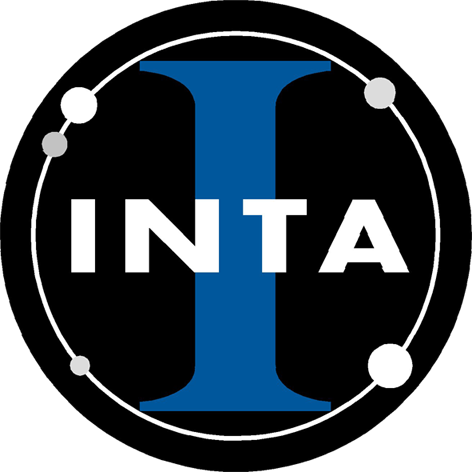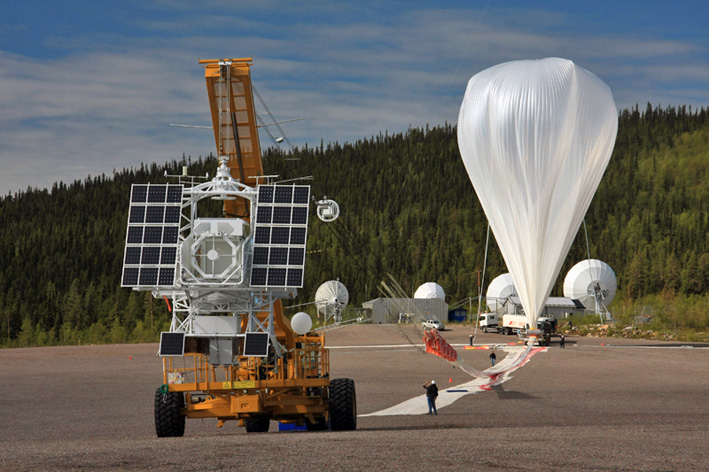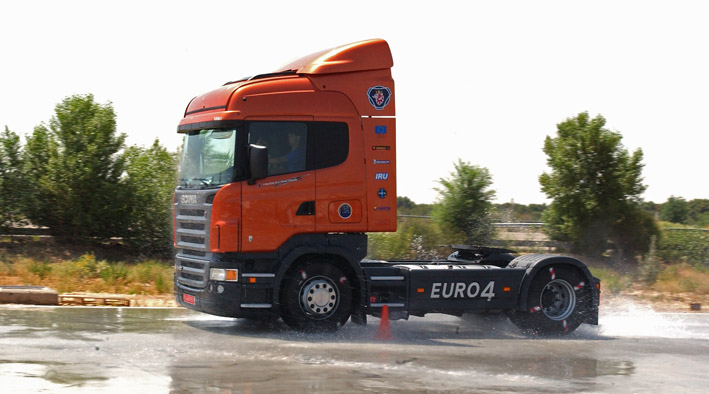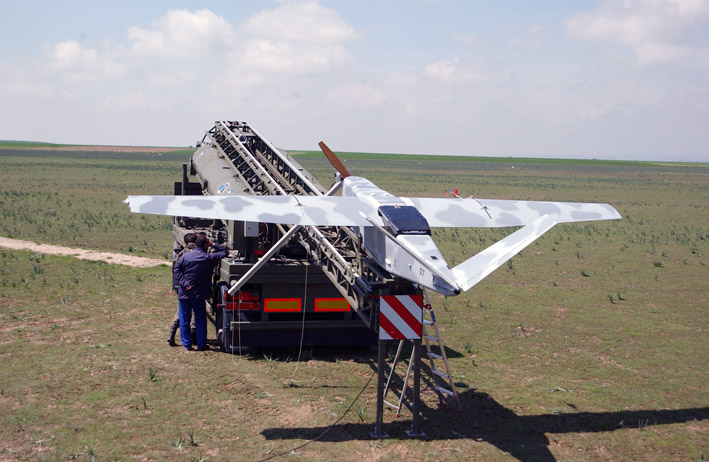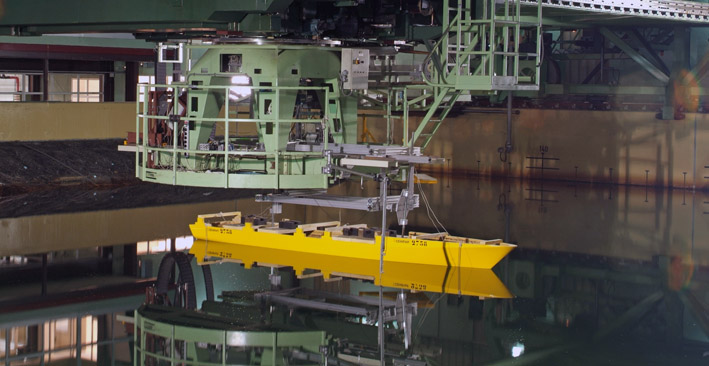Inicio
INTA turns 75
It was on the 21st may 1942 that the creation of the National Institute of Aeronautic Technology (INTA) was published in the Official State Bulletin. Spain had just come from a terrible civil war and the World was still involved in another no less terrible war. Under those circumstances, INTA had to compensate for the shortcomings of the weak Spanish industry, thus from the very first moment, its mission tackled aeronautic competence. It truly became the national laboratory that worked as the National Agency of Research and Quality Control of industry.
INTA did not only successfully accomplish those duties, but as soon as the situation improved, it also joined in the emerging field of aerospace. It was actually in 1963 when the name was changed to “Aerospace Technology”. Back then, the Institute worked in partnership with NASA -fully involved in the space race- with which INTA played a significant role on account of the tracking station at Gran Canaria (Canary Islands), and years later, in the surrounding areas of Madrid. Thanks to the experience gathered in those years being closely to NASA’s methodology and workforce, INTA was able to undertake one of Spanish history triumphs: developing the first Spanish satellite, INSTASAT, launched into space in 1974. Before that in the early 60s, INTA took part in the preparatory meetings of the ESRO, the agency that preceded the European Space Agency.
In the next few years, when happily, neither Spain not the World resembled what they had been in 1942, INTA kept working on the most leading sectors of both aeronautics and aerospace. Thus, in the early 90s while researching on mini-satellites, the Institute got involved with unmanned aircraft development. At the beginning of the new century, it is created a new campus in Torrejon, and in partnership with CSIC, the Astrobiology Centre, a true centre for forefront research that collaborates with NASA in their missions to Mars.
INTA, which started as an aeronautic agency and later came to be known as aerospace agency, has recently opened to new fields within its essential role as the technological support to the Ministry of Defence. Current INTA, as its structure has shown, deals with Aerial, Spatial, Land and Sea systems. Thanks to this diversity, it has grown both in personnel and in number and variety of centres in Spain.
After this 75 years of life, we feel legitimately proud of its brilliant history and thankful to those preceding us who made it possible back in the past. In this 75 anniversary, apart from showing this well-founded pride and a sincere gratitude, we can only but revalidate INTA’s compromise of working for Spanish society through the Ministry of Defence.

